3 Stretches to Undo the ‘Tech Hunch’
How close is your face to your smartphone’s screen right now? Or maybe you are slouched down in a chair reaching for your mouse. Either way, do you have a low, aching pain in your shoulders or neck–or both? The…
Registration is LIVE for the meQ 2025 Resilience Awards Panel Discussion, October 23! REGISTER NOW
How close is your face to your smartphone’s screen right now? Or maybe you are slouched down in a chair reaching for your mouse. Either way, do you have a low, aching pain in your shoulders or neck–or both? The…
How close is your face to your smartphone’s screen right now? Or maybe you are slouched down in a chair reaching for your mouse. Either way, do you have a low, aching pain in your shoulders or neck–or both?
The increased use of electronic devices has led to hours upon hours of hunching—staring at a computer, scrolling through apps or playing games on your phone. Most likely, you can relate.
But hunching can lead to a number of physical ailments, note healthcare practitioners. The most common are neck and back pain, but it also can result in headaches and difficulty breathing, among other health issues.
At the same time, the benefits of good posture go beyond the physical. A study in “Health Psychology” suggested that people who maintain good posture when stressed can reduce negative mood while increasing positive mood when compared to people who hunch.
So, let’s undo the “tech hunch.” Try these three movements to help reduce body pain, increase your productivity, and have a fruitful workday.
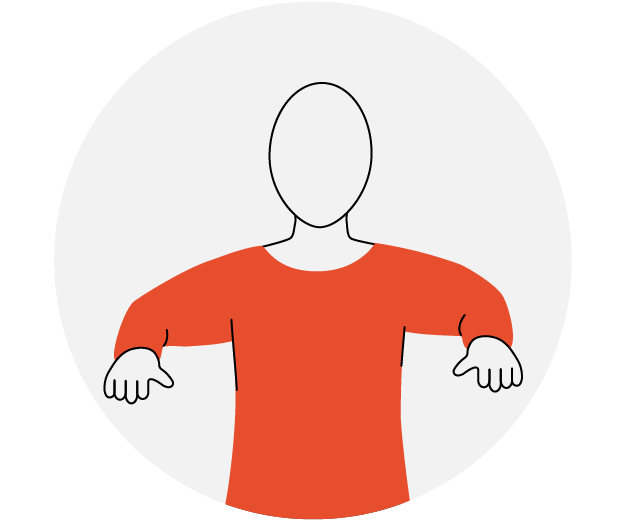
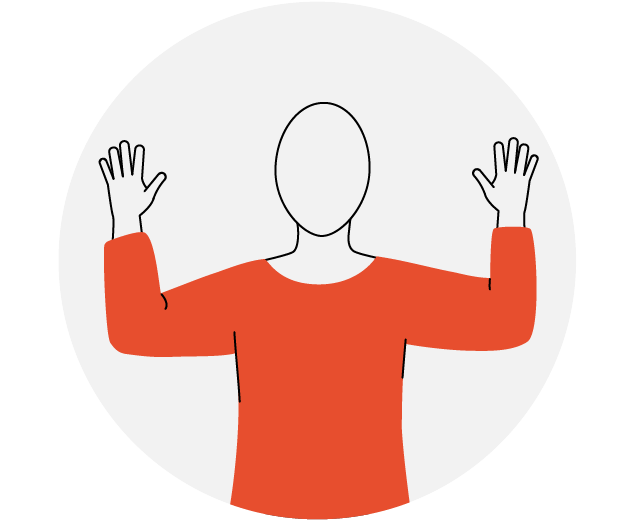
Sit or stand tall with your feet flat on the floor and arms resting at your sides.
Why these two moves? These movements, beginning and ending in the same position, will help align your body, alleviating pain in your neck and shoulders. They also help reduce stress. When you finish these moves, try to remember the strong upper body alignment you’ve established.

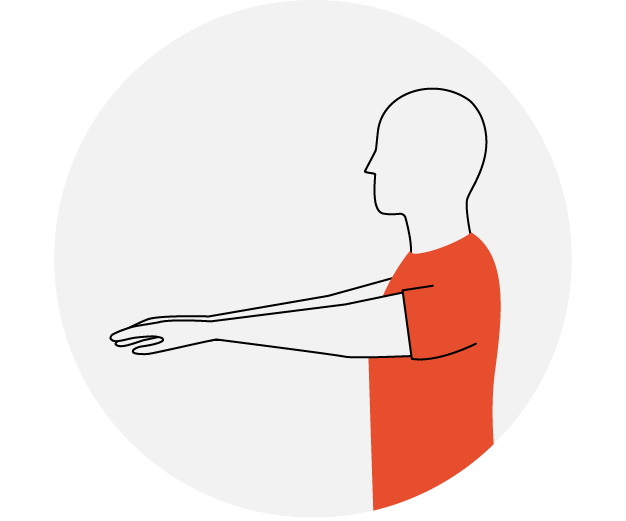
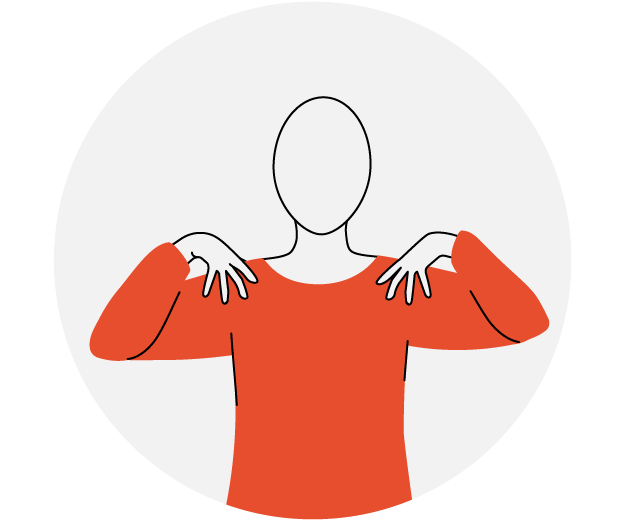
Why this move? Sitting at our computers with our arms resting on table tops for long periods of time can lead to chest compression and forward rotation of our upper-arm bones (the humerus). This not only leads to body pain and physical fatigue, but it also can contribute to mental fatigue and work-related stress. These movements help align your upper back and strengthen the small muscles responsible for holding your body in proper posture.
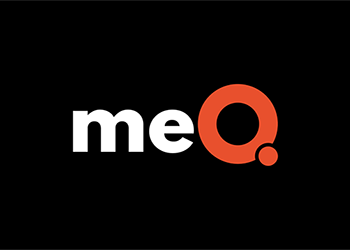
Alessa Caridi is a certified Pilates instructor, dance technician, and functional fitness public speaker. She is passionate about understanding the wonderful machine that is the human body and passing along her knowledge to her clients. After living in Japan and learning from its culture, Alessa founded JōbuFIT, a fit-into-your-day program that teaches proper body alignment and movement to reduce the stress and body pain associated with today’s modern workplace.
Tags self-care